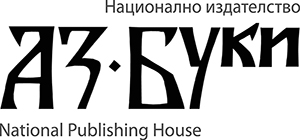Denitza A. Charkova
University of Plovdiv “Paisii Hilendarskiˮ (Bulgaria)
https://doi.org/10.53656/for22.307gami
Abstract. In instructional settings, the term gamification refers to the use of game-based elements to increase learner motivation and involvement. This study aimed to get insight into how adult learners of English perceive gamified activities incorporated into their English language course, and whether player types as defined by Bartle (1996) – explorers, achievers, socializers, and killers – affect student attitudes to specific gamification elements (rules, time limit, challenges, leaderboard, awards, bonuses, and badges). The results showed a high level of student support (97%) for gamified language instruction. A significant difference was observed between player types regarding their attitudes to certain gamification elements and player types. Challenges were highly rated by the explorers (p = 0.006); leaderboards by the killers (p = 0.049), and time limit by the achievers (p = 0.009). The conclusion is that player types and preferences should be surveyed and considered when designing gamified learning activities.
Keywords: gamification; gamification elements; player types; English language teaching; learner attitudes


